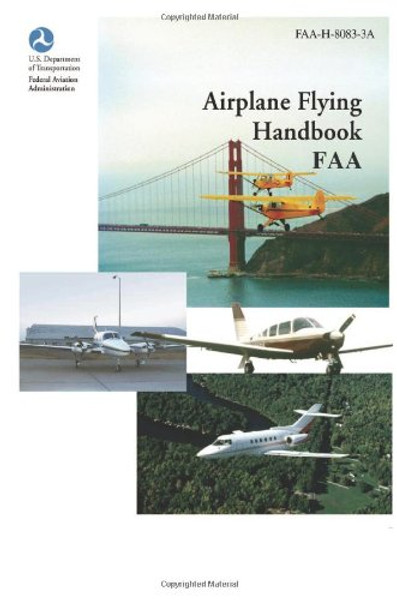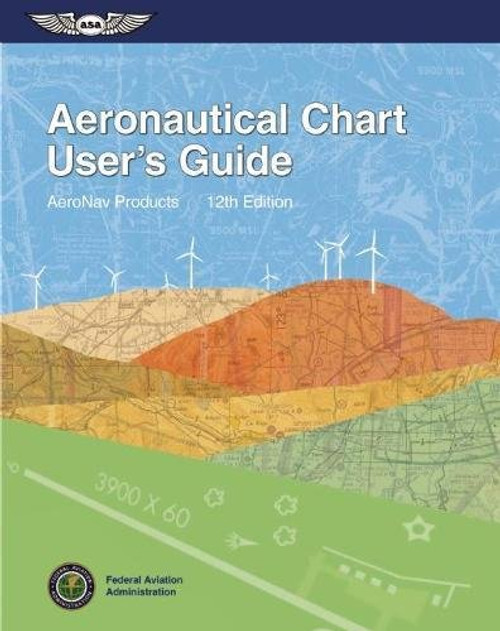Product Overview
The Airplane Flying Handbook is the official U.S. Government guide created by the Federal Aviation Administration designed as a technical manual to introduce basic pilot skills and knowledge that are essential for piloting airplanes. It provides information on transition to other airplanes and the operation of various airplane systems. This handbook will assist student pilots learning to fly airplanes. It is also beneficial to pilots who wish to improve their flying proficiency and aeronautical knowledge, those pilots preparing for additional certificates or ratings, and flight instructors engaged in the instruction of both student and certificated pilots. It introduces the future pilot to the realm of flight and provides information and guidance in the performance of procedures and maneuvers required for pilot certification. Illustrations very detailed and colorful. Chapter 1Introduction to Flight Training, Chapter 2Ground Operations, Chapter 3Basic Flight Maneuvers, Chapter 4Slow Flight, Stalls, and Spins, Chapter 5Takeoff and Departure Climbs, Chapter 6Ground Reference Maneuvers, Chapter 7Airport Traffic Patterns, Chapter 8Approaches and Landings, Chapter 9Performance Maneuvers, Chapter 10Night Operations, Chapter 11Transition to Complex Airplanes, Chapter 12Transition to Multiengine Airplanes, Chapter 13Transition to Tailwheel Airplanes, Chapter 14Transition to Turbopropeller Powered Airplanes, Chapter 15Transition to Jet Powered Airplanes, Chapter 16Emergency Procedures, & Glossary. This handbook supersedes FAA-H-8083-3, Airplane Flying Handbook, 1999. This handbook supersedes AC 61-9B, Pilot Transition Courses for Complex Single-Engine and Light Twin-Engine Airplanes, 1974; and portions of AC 61-10A, Private and Commercial Pilots Refresher Courses, 1972. This revision expands all technical subject areas from the previous edition, FAA-H-8083-3. It also incorporates new areas of safety concerns and technical information not previously covered.










